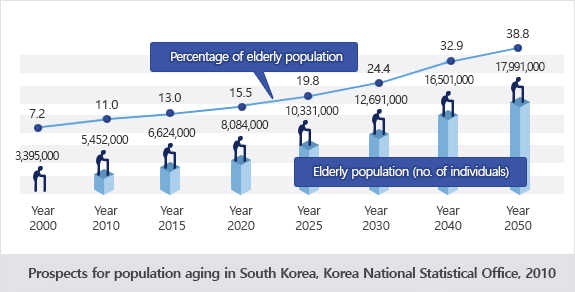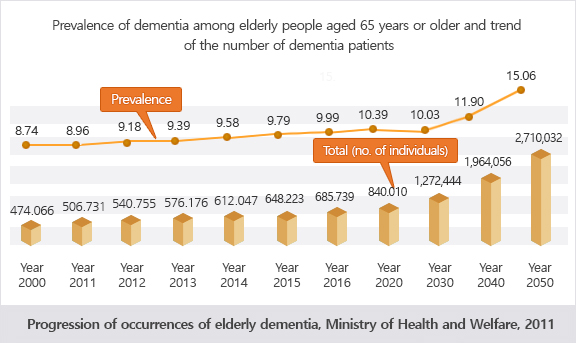Introduction to KBB
Korea Brain Bank 하위 메뉴
- Those suffering from brain disorders, regardless of age group, endure increasing social and economic losses due to the sophistication of social structures, rapidly changing environments, increased exposure to substances that cause genetic variants, and increased average life expectancy
- Exact causes must be found for degenerative brain disorders that seem to be specific to Koreans (subsequent R&D on prevention, diagnosis and treatment methods is also urgent)
- Brain-derived substances that are currently separately managed by individual medical colleges, hospitals and research institutions must be brought into a single integrated system to create a stable supply system


- contact person :
- There is no registered contact person.





















